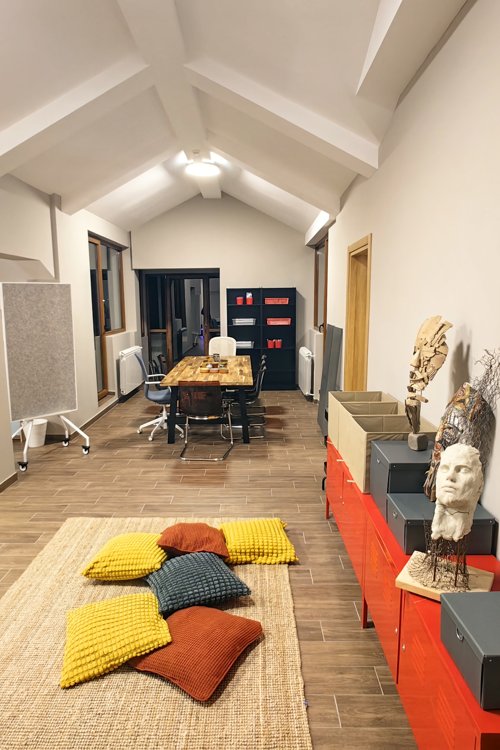Educational approach
At Pravac primary school, learning is not about sitting, listening and absorbing what the teachers say. Children are naturally inclined to think like scientists, and we encourage this from them. Thinking like a scientist means observing the world around you, asking questions, formulating hypotheses and theories, then testing them and collecting, analyzing, and discussing the results, and finally drawing conclusions.
The range of questions that children ask informs our joint research, in which we aim to raise generations of children who are comfortable asking questions, rather than simply accepting purported facts. We push their boundaries, encouraging them to seek out answers themselves and get better acquainted with the world around them. We must also pose questions to them, leading them to draw logical conclusions and upgrade their scientific understanding.

“Learning through project-based teaching, based on children's authentic curiosity.”
Program structure
Science feeds our natural need to learn, so it is very important that we teach children to think like scientists and to love learning. Children are naturally curious and love to explore, and science offers so many opportunities for exploration. By teaching them to think this way, we are opening doors to the sciences. As they observe and analyze the world around them, they will become better naturalists and mathematicians; seeing the way the world once looked will give them greater fluency in their mother tongue. The scientific approach frames thinking as useful a set of skills, which children will carry into the future for solving problems using logic. They will be able to choose the right cognitive skill and employ it in the right way.